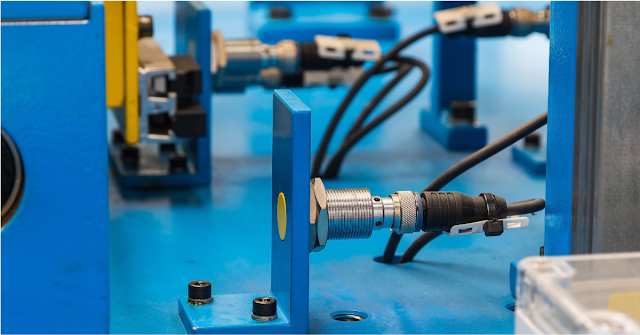Three Methods to Control a VFD (Variable Frequency Drive)
Variable Frequency Drives (VFDs) are essential in modern industrial automation, offering energy-efficient motor control. Understanding the methods to control a VFD is crucial for engineers and technicians working in the field of electrical engineering and industrial automation.
In this post, we’ll explore three common ways to control a VFD: Keypad Control, Analog Signal Control, and Communication Protocols.
1. Keypad (Local) Control
This is the most basic method. Every VFD comes with a built-in keypad or small HMI (Human-Machine Interface) that allows users to:
-
Start and stop the motor
-
Adjust the speed using Built-in Potentiometer
-
Monitor parameters like voltage, current, and frequency or RPM
Best Use Case:
For manual testing, initial setup, or small applications where automation isn’t required.
2. Analog Signal Control (0-10V / 4-20mA) or Terminal Control
In analog control, external devices like potentiometers, PLCs, or sensors send a voltage or current signal to control the VFD’s output frequency (speed).
-
0-10V and 4-20mA signals are the most commonly used
-
Requires proper scaling and signal conditioning
Best Use Case:
When you need to vary motor speed based on sensor feedback, like temperature, pressure, or flow rate.
3. Digital Communication (Modbus, Profibus, Ethernet/IP)
For advanced control, VFDs can be integrated into industrial networks using fieldbus protocols like:
-
Modbus RTU / TCP
-
Profibus
-
Ethernet/IP
-
PROFINET
This allows remote control, real-time monitoring, and diagnostics directly from a PLC or SCADA system.
Conclusion
Controlling a VFD can be as simple as pressing a button or as complex as integrating it into a smart network. Choosing the right control method depends on your application’s needs, complexity, and environment.
Whether you're working with analog signals, digital networks, or manual controls, mastering VFD operation enhances your expertise in industrial automation and motor control.







0 Comments